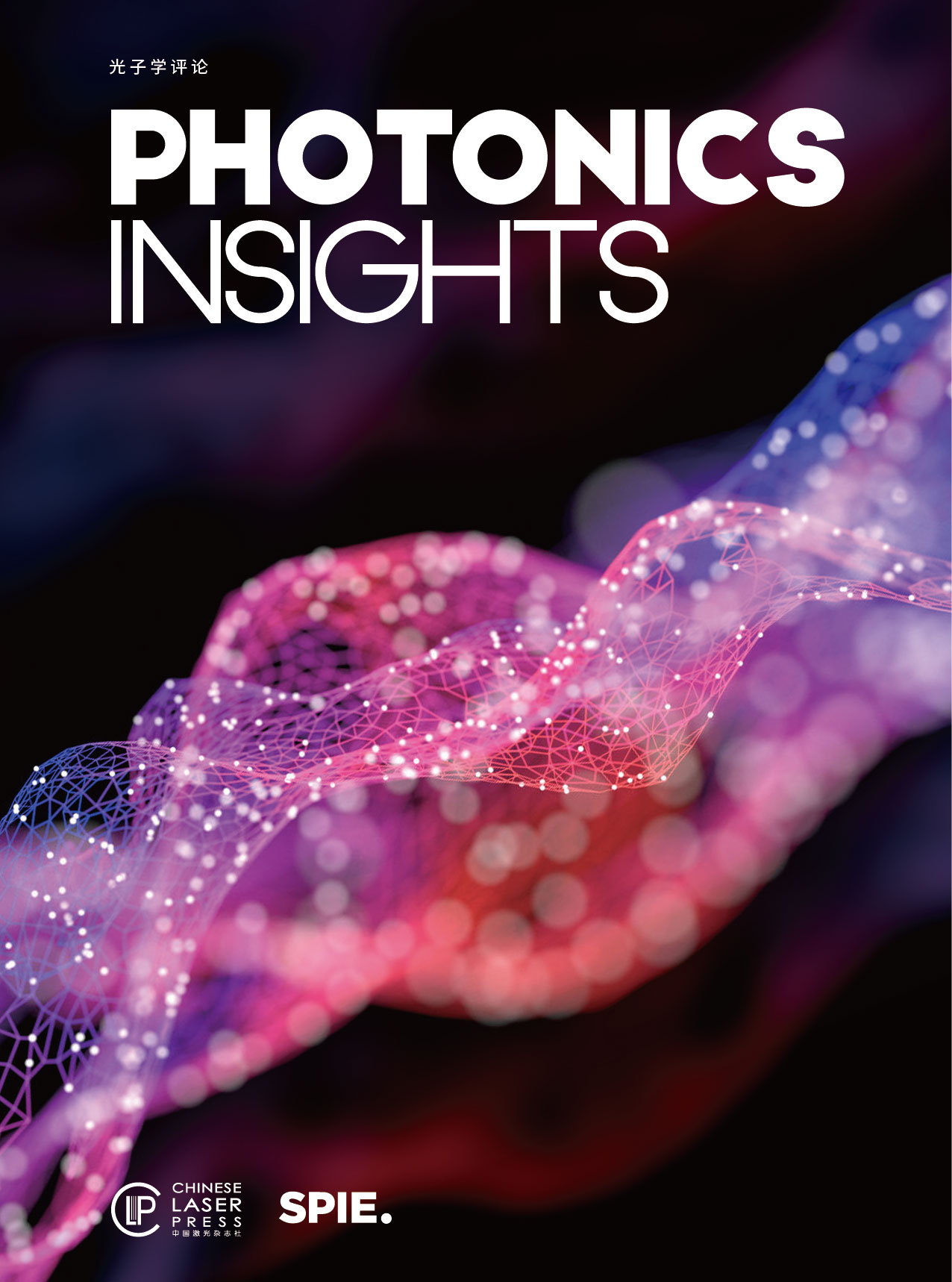 View fulltext
View fulltext
The pursuit of manipulating light across all degrees of freedom has led to the creation of diffractive optical elements. With the continuous development of fabrication techniques, these elements have evolved beyond their initial binary forms to sophisticated metasurfaces. Presently, ultracompact, dynamic, and multifunctional diffractive optical elements are poised to usher in the next generation of optical devices.
Plasmonics has aroused tremendous interest in photophysics, nanophotonics, and metamaterials. The extreme field concentration of plasmonics offers the ultimate spatial and temporal light control, single-particle detection, and optical modulation. Plasmon decay of metal nanostructures into hot carriers extends the application into photocatalysis, photodetectors, photovoltaics, and ultrafast nanooptics. The generated hot electron–hole pairs are transferred into adjacent dielectrics, well known to be more efficient than the hot carrier generation in dielectrics by direct photoexcitations. However, plasmon-induced hot-carrier-based devices are far from practical applications due to the low quantum yield of hot carrier extraction. Emergent challenges include low hot carrier generation efficiency in metals, rapid energy loss of hot carriers, and severe charge recombination at the metal/dielectric interface. In this review, we provide a fundamental insight into the hot carrier generation, transport, injection, and diffusion into dielectrics based on the steady-state and time-resolved spectroscopic studies as well as theoretical calculations. Strategies to enhance hot carrier generation in metals and electron transfer into dielectrics are discussed in detail. Then, applications based on hot carrier transfer are introduced briefly. Finally, we provide our suggestions on future research endeavors. We believe this review will provide a valuable overall physical picture of plasmon-induced hot carrier applications for researchers.
Diffractive optical elements (DOEs) are intricately designed devices with the purpose of manipulating light fields by precisely modifying their wavefronts. The concept of DOEs has its origins dating back to 1948 when D. Gabor first introduced holography. Subsequently, researchers introduced binary optical elements (BOEs), including computer-generated holograms (CGHs), as a distinct category within the realm of DOEs. This was the first revolution in optical devices. The next major breakthrough in light field manipulation occurred during the early 21st century, marked by the advent of metamaterials and metasurfaces. Metasurfaces are particularly appealing due to their ultra-thin, ultra-compact properties and their capacity to exert precise control over virtually every aspect of light fields, including amplitude, phase, polarization, wavelength/frequency, angular momentum, etc. The advancement of light field manipulation with micro/nano-structures has also enabled various applications in fields such as information acquisition, transmission, storage, processing, and display. In this review, we cover the fundamental science, cutting-edge technologies, and wide-ranging applications associated with micro/nano-scale optical devices for regulating light fields. We also delve into the prevailing challenges in the pursuit of developing viable technology for real-world applications. Furthermore, we offer insights into potential future research trends and directions within the realm of light field manipulation.












